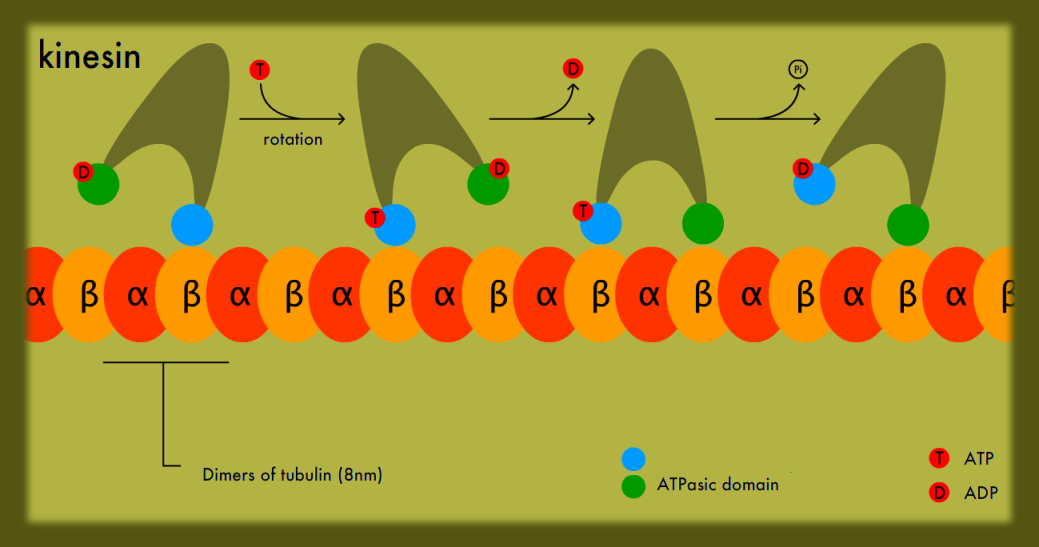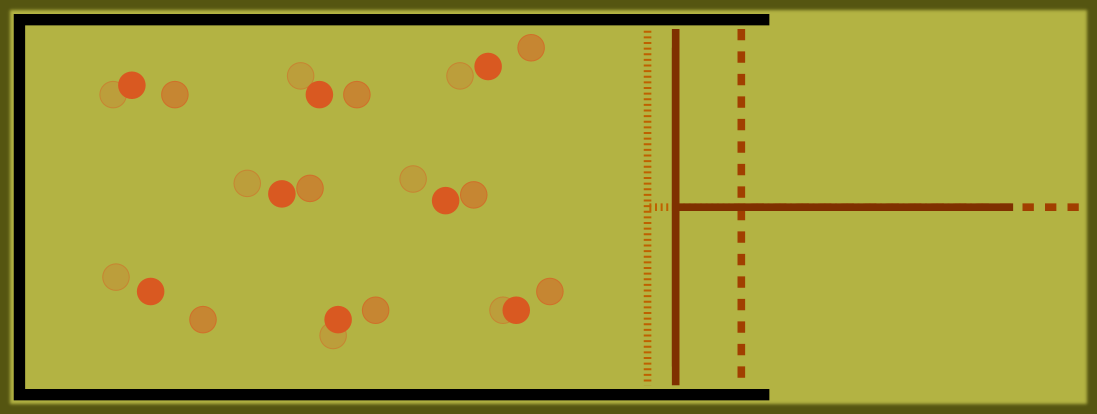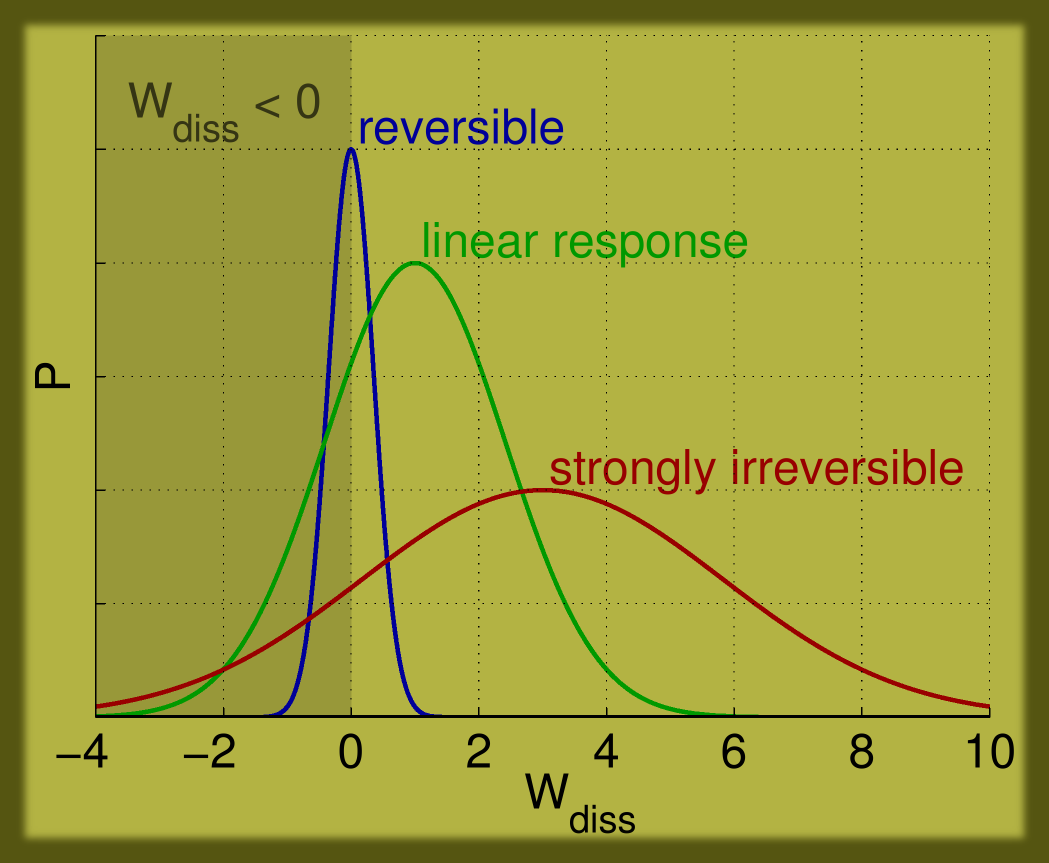My primary field of study is stochastic thermodynamics (STD), which is the extension of classical thermodynamics to small fluctuation system under non-equilibrium constraints. Such systems can be found in biological cells (kinesin, polymerase, ...), also nano-machines and experiments on a molecular scale (single-molecule folding, colloidal particles) are described in the framework of STD. Recently, concepts of information processing have been included into STD. |
 |
 |
Characteristic for systems considered in STD is that thermodynamic quantities like work, heat or entropy do not acquire sharp values, but follow distributions. That is to say, each repetition of a measurement, without changing any parameter of the system, results in a different value. The reason for that is the not negligible influence of thermal noise on such small scales.
As a representive example, consider a nano-piston containing only a few particles. The fluctuations of the particles do not compensate as in macroscopic thermodynamics. This feature of small systems results, e.g., in a fluctuation volume of the piston. In particular, the probability that all particles "spontaneously" collide with the plunger and thus transform heat into useful work is not negligible.
For more details of STD have a look at this recent review. |
In classical thermodynamics, we have the first and second law, what do we have in STD? The first law, expressing energy conservation, can be transferred relatively directly. The second law, being an inequality, can be generalized to so called fluctuation theorems (FTs), being equalities.
These remarkable FTs express universal properties of the distributions of thermodynamic quantities like work, heat or entropy. A special class of FTs are work relations like the Jarzynski equality or Crook's relation, which relate non-equilibrium work with the equilibrium free-energy difference. Moreover, the usual second law can be reproduced by applying Jensen's inequality to the Jarzynski equality (see below).
FTs also express the fact that rare events dominate the properties of small systems: The average in the Jarzynski equality is dominated by the negative work values from the far left tail of the distribution, which often results in somewhat unusual events featuring negative values for the dissipated work. (see figure aside).
Such a rare event can be a large fluctuation allowing kinesin to get one arm close enough to the next binding on a microtubule to make a step forward, turning chemical energy into mechanical work (hydrolysis of ATP). Clearly, such an event dominates the system, as it makes the kinesin walk and function.
The described importance of rare events in small systems motivates to know more about the tails of the distributions! |
 |


 |
|
 |
I also study the cascade of eddies in fully developed turbulence. When an obstacle is introduced into a laminar flow, eddies are produced of approximately the same size as the obstacle. These eddies break-up and form so-called fully developed turbulence which assumes homogeneous, isotropic and stationary statistics of the flow velocity field.
The repeated break-up of eddies transports energy from large to small scales, until molecular friction sets in and the turbulences decay.
An intriguing feature of the velocity statistics is small-scale intermittency (SSI) which concerns the boosted occurence of very strong small eddies (wind gusts). Although the phenomenon of SSI is of great importance in applications like turbulent mixing, wind energy, turbulence drag and climate models, it is still far from being fully understood. |
The questions I deal with are:
1) Can the probabilities of the rare but dominating events be calculated?
(yes! see diploma thesis and figure aside, or publicated results
2011,
2012)
2) The energy cascade in fully developed turbulence can be modelled by a stochastic process. What do FTs for such processes look like, and how are the rare events characterized?
(The rare events are responsible for SSI! See
2012)
|
 |







